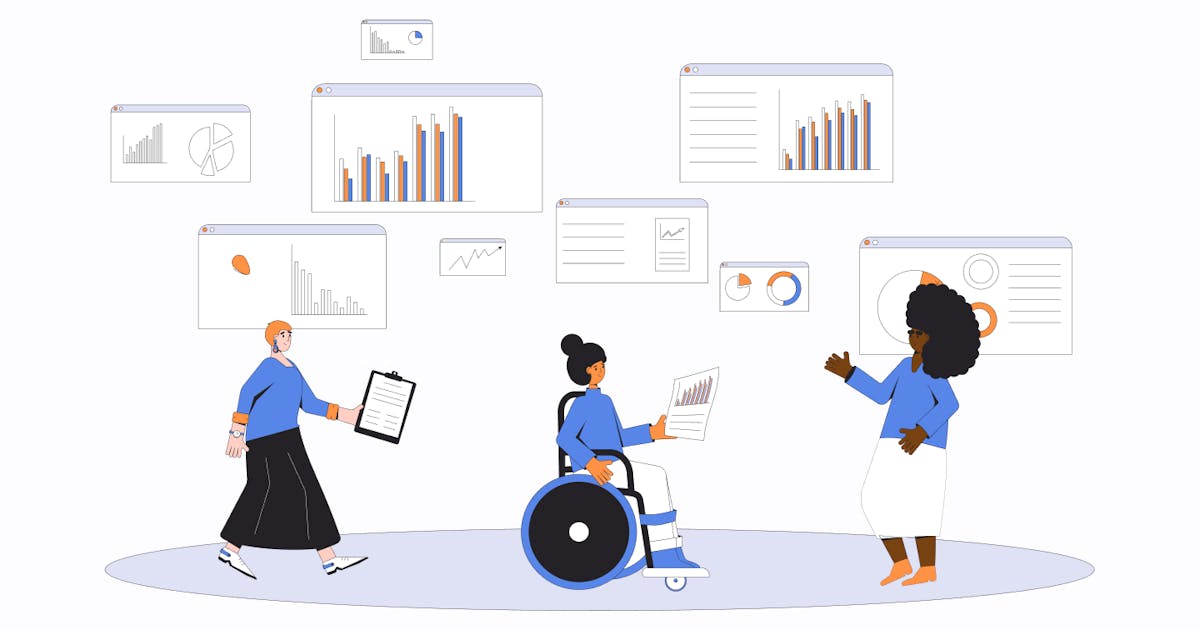The future of work is hybrid. This has been the catchphrase of the global work world as we began building the post-pandemic workplace. This future of work, however, is not a new phenomenon. In fact, it has been under construction for quite some time now, with remote work, digital workplaces, and employee-centricity being noteworthy workplace practices even pre-pandemic. What is new, though, is our collective approach to the notion of work. As a society, our understanding of work as centered around a place where colocated individuals performed tasks has been upended by the pandemic-enforced social distancing norms. Our rather sudden and global shift to remote work established that the workforce can be productive and successful irrespective of their location of work when equipped with the right digital tools and thoughtfully defined processes.
As we slowly recover from the intensity of the pandemic – with the deployment of vaccines, a focus on health and better lifestyles, and renewed hope, companies are evaluating how best to design work and the workplace of the future. An understanding of workforce preferences to work flexibly in and out of physical and digital workplaces combined with the undeniable benefits of technology-enabled work models has led to a more digitally-enabled, flexible, and equitable structure for the workplace – We call this a hybrid workplace.
What is a Hybrid Workplace?
A hybrid workplace provides employees with the choice of where to work from, when to work, and how to deliver their best work. It is a powerful infrastructure of tools and processes that allows people autonomy to design their work and life in a structure that enables productivity, purpose, and happiness. The hybrid workplace essentially is location agnostic, providing an option to work from home offices, or company offices, or even coffee shops, with processes in place to enable optimal collaboration, engagement, and business success. Essentially, it is a combination of remote work and in-office work, where the employees and their employers come to an understanding of who works where and when.
In practice, the hybrid work model allows employees to go to an office space at will or whenever needed, perhaps to meet clients or to experience an office setting. Some organizations are also offering the flexibility to work a select few days or a select few weeks from the office, depending on safety norms and social distancing measures.
Moving forward,
future-ready organizations will offer intelligent workplace solutions that can seamlessly combine the progress made in fluid digital workplaces along with the stability and structure offered by physical offices.
What’s Causing Unfair Practices in the Hybrid Workplace?
The global shift to hybrid workplaces happened as a consequence of circumstances rather than a deliberate effort by companies. This sudden change caught several businesses off-guard, creating a cascade of concerns around visibility, communication, async work, and strained relationships – all lending to the lack of fairness and transparency. These concerns have the potential to destabilize a hybrid work environment and the sooner businesses resolve these concerns, the better their shift to hybrid work models.
Imbalance of Visibility
In a hybrid work environment, where team members may be located on and off-site, there is a concern that remote individuals, their efforts, contributions, and challenges might go unnoticed by the rest of the team that is co-located. This problem is magnified when only a few individuals work remotely in a team or when the manager or decision-maker is co-located with a majority of the team. This lack of visibility snowballs into many problems for the remotely located teammates that are forced to adopt unsustainable work practices such as staying always digitally plugged in, or seeking high visibility projects that might not be their area of expertise.
For people managers that are managing a partly remote team alongside a colocated team, there is an issue of not having enough data or factual knowledge of the bottlenecks or challenges faced by remote team members.
Within such hybrid teams, people’s personalities and backgrounds play a significant role in their efforts to being visible. Digital introverts, junior or new staff, and women and other minority groups are at increased risk of having their efforts go unnoticed because the management team lacks data and knowledge to make objective and fair work assessments.
Strained Communication and Collaboration
A number of hybrid teams include teammates working in multiple locations with probably differing time zones leading to strained communication and collaboration. Since most of these teams are only now adapting to working in a hybrid model, there are increasing instances of information lags, incomplete information and resource sharing, and ineffective communication, particularly between colocated and remote teammates. Also, within a shared space, teammates are adept at working with colleagues, making collaboration feel natural. However, when dealing with a subset of remote teammates, there is increasing difficulty in coordinating, facilitating, and documenting collaboration efforts. This strained communication and collaboration most often result in management and colleagues choosing to communicate or collaborate amongst colocated peers, leaving valuable remote resources out of the loop.
Flawed Adoption of Async Work
Hybrid teams bank on async work (workers complete tasks when they are most productive rather than in real-time or in sync with colleagues) in order to flourish. This is because of the nature of the distribution of teammates and also because of the move to tech-enabled modes of communication and collaboration. For example, several successful hybrid engineering teams adopt practices such as async stand-ups and retros to facilitate seamless workflows. However, the hurried and ad-hoc shift to hybrid work left many teams without the right tools, processes, or workflows to facilitate seamless async work. The haphazard adoption of async work has caused many teams to work synchronously even while working in distributed locations. This sync work is adding immense pressure to the digital well-being, productivity, and effectiveness of remote employees. The stop-gap solution, unfortunately, has been shifting critical projects to on-site teams, leaving valuable resources untapped.




